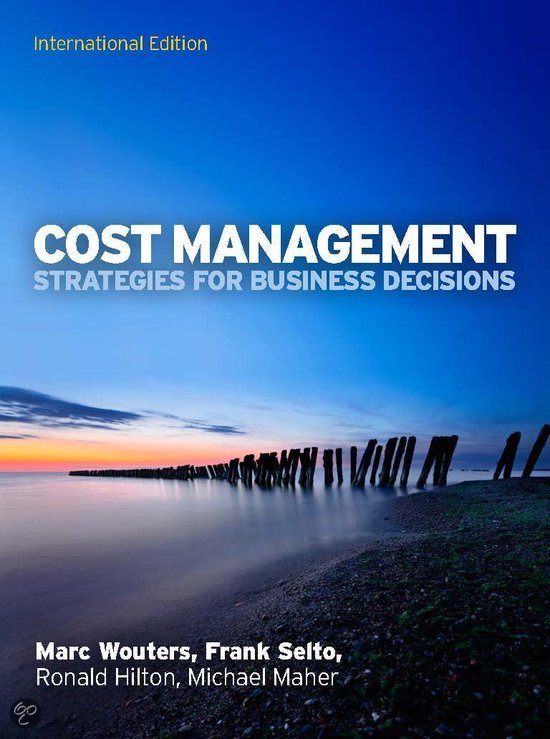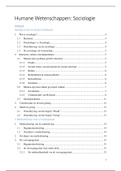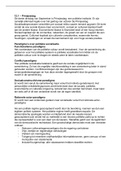Resume
Cost management samenvatting
- Cours
- Établissement
- Book
Zeer uitgebreide samenvatting van 79 pagina's, met uitleg van begrippen maar ook stukken tekst over de verbanden tussen de begrippen ondersteund door afbeeldingen uit het boek.
[Montrer plus]














